YouTube Influencers – everybody wants to cash in. These “celebrities” are blowing up the Internet. They’re real. They’re authentic. And best of all, they can influence your sales in a positive way. But working with YouTube influencers isn’t always perfect; there can certainly be bumps in the road. As a brand, you need to be aware of the power of YouTube influencers before you dive in head first.
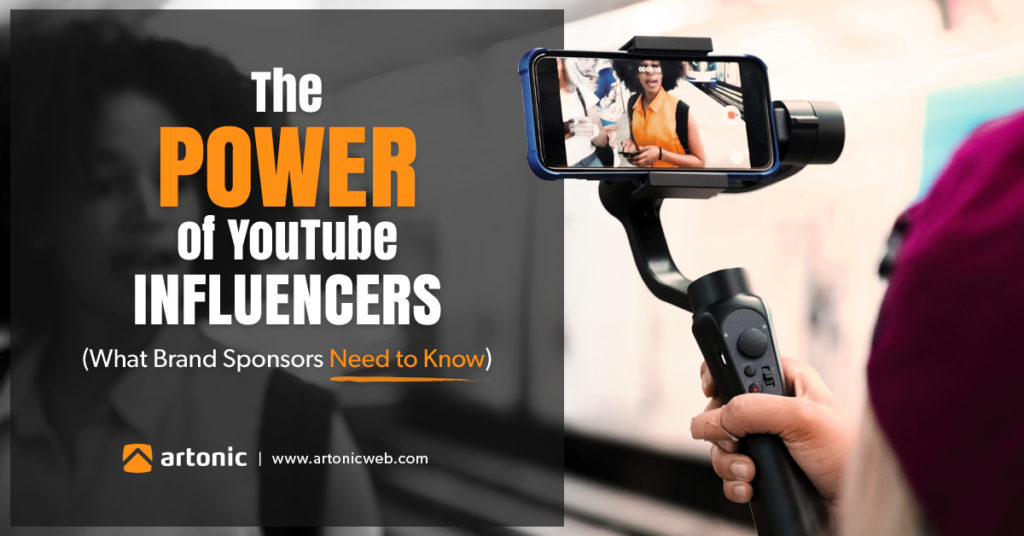
How do you find the right influencers to work with? What’s the risk of working with an influencer on YouTube? What’s the potential benefit?
And how much does it cost?
Plus, how do you work with them without sacrificing your brand values?
I’m here to answer your top questions about working with YouTube influencers as a brand sponsor. Get the most out of your collaboration, and don’t get burned. Here’s how.
Working with Influencers
“Learning how to partner with YouTube influencers begins with research. Look at the influencers for some of the major brands… Find businesses who market products and services related to yours and see who they’re using as influencers.” (YouTube Influencer Marketing Tips for Your Brand by Tech Funnel)
What Size?
Influencers fall into three categories based on who they are, how large their following is, and how much influence they wield.

Mega-influencers: Actors, artists, athletes and social media stars who leverage influencer marketing as a secondary source of income to monetize their celebrity.
Macro-influencers: Executives, bloggers, thought leaders and other professionals who earn their living as influencers and generally demonstrate expertise in a specific industry, such as business, lifestyle or fashion.
Micro-influencers: Everyday customers or employees who have relevant influence and may not know it or aspire to become a macro-influencer. Their influence is driven by the strength of relationship within their networks.
(Definitions from How Brands Can Mitigate Influencer Marketing Risks by AdWeek)
Step One: Research
To find an influencer to work with, start with research.
Go to YouTube and start searching. Here are a few things you’ll want to look into:
- Your business’s products or services
- Large brands in your industry
- Your competitors
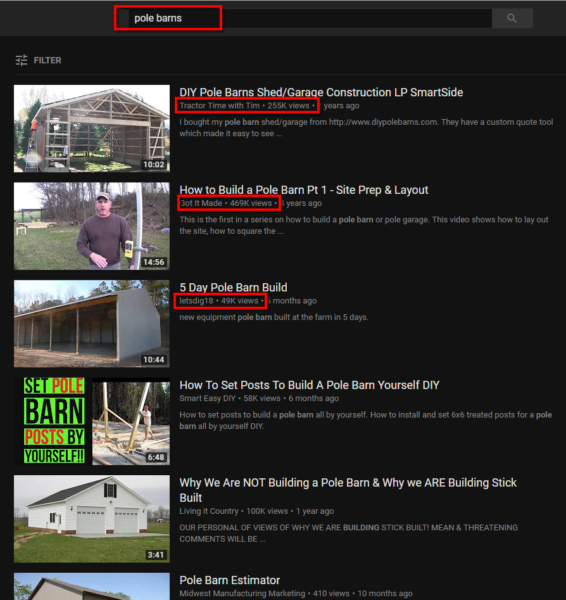
Here’s an example. If you sell pole barn kits, into the search bar, type “pole barns” and hit the magnifying glass icon on the right. Now, check out the list that results from your search.
Identify a few videos that are from creators, not competitors or other brands. Check out the view count and the title of the video. Then click on one and watch it.
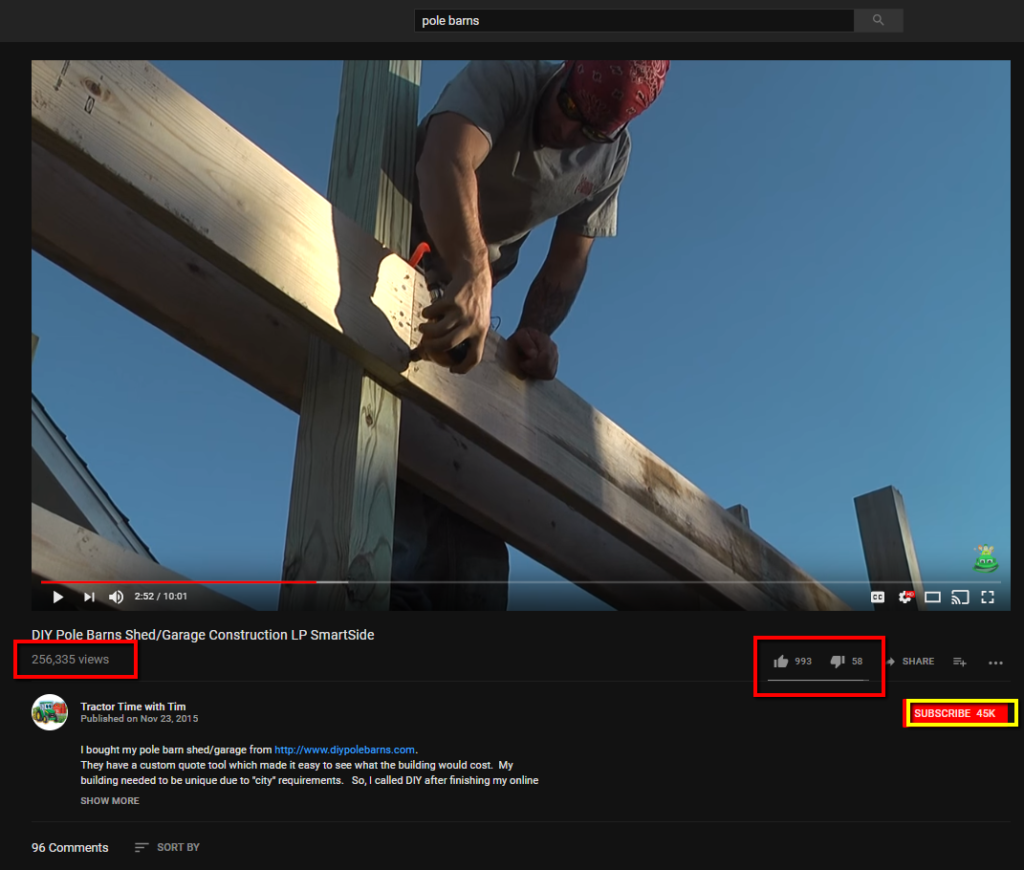
Important stats to note:
- View Count
- Likes / Dislikes (Thumbs Up / Thumbs Down)
and, of course, - the Almighty Subscriber Count
- Comments Count
At this point, just note what these numbers are (if you’re like me, you may want to create a quick spreadsheet to keep your info organized). After you view several videos, you’ll have a better idea of the overall state of YouTube videos in your industry.
Step Two: Find Your YouTuber
Once you have an idea of your market and industry on YouTube, focus on finding an influencer to work with.
According to Influencer, a leading global influencer marketing company from the UK, here are the three things you want to look for:
- Brand Synergy
- Engagement
- Content
Brand Synergy
“Creators are brands in themselves and they have spent time curating that brand. When choosing a Creator for an Influencer Marketing campaign, it is important to make sure that there is synergy between your brand and the Creator’s.” (How To Choose The Perfect Creator For Your Influencer Marketing Campaign by Influencer)
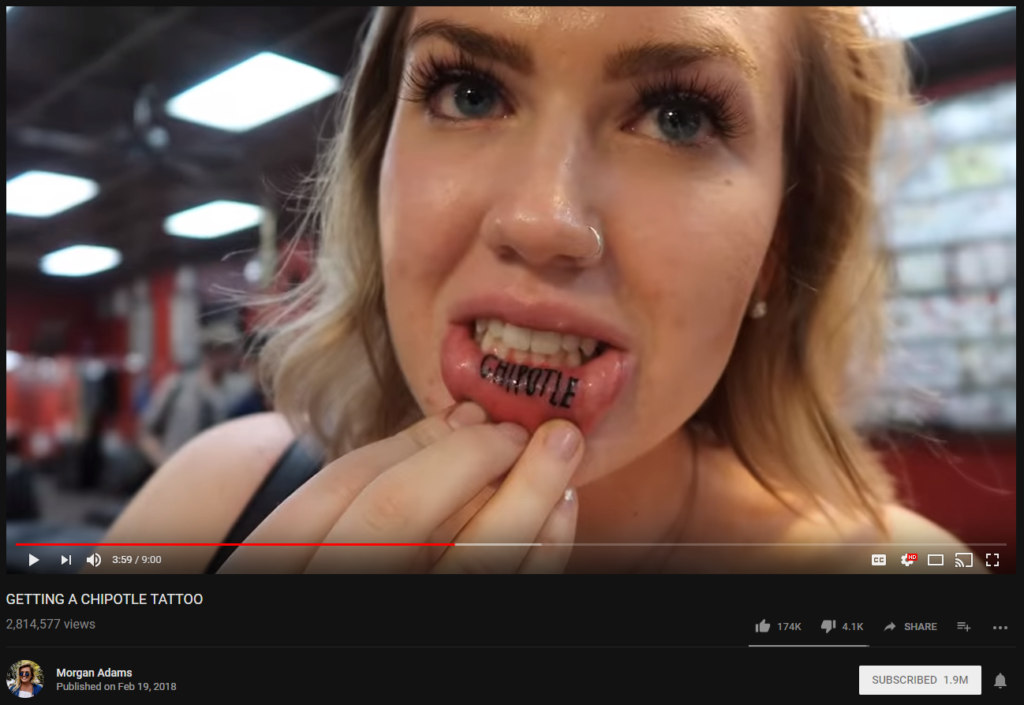
You want to find an influencer with a brand that meshes well with yours. The influencer should have an interest in a topic that relates to your audience. The audience should be your brand’s audience.
If you have a specific location that to you market to, ensure your influencer targets this location, too.
Engagement
Engagement is different than subscriber count; it’s a measurement of how much interest the subscribers show in a YouTube channel.
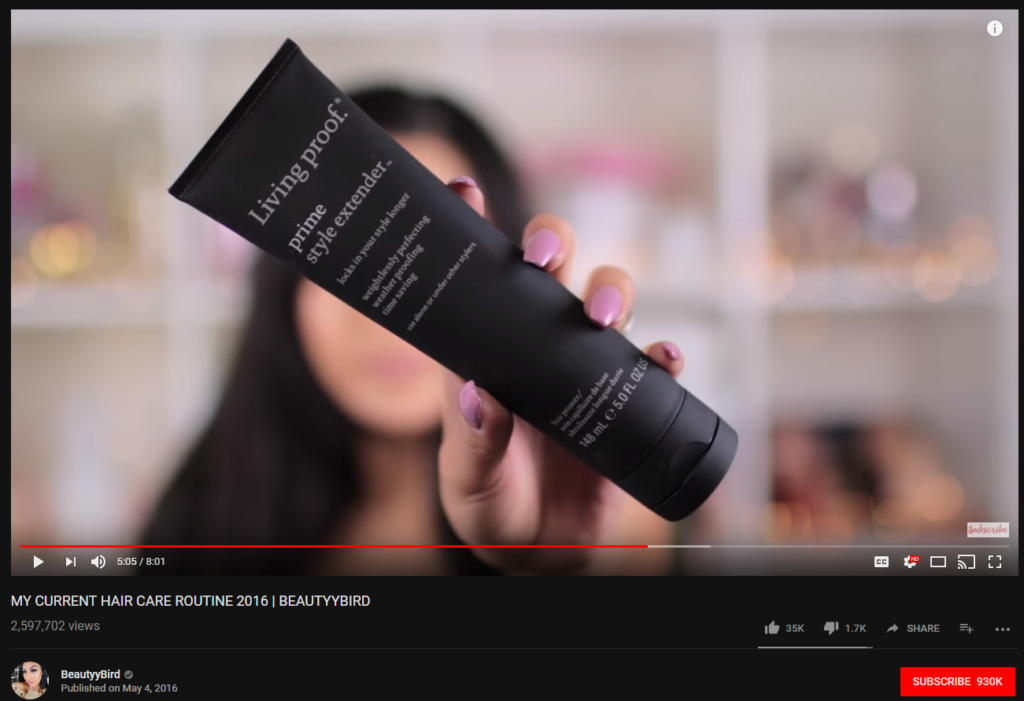
An influencer may have a very large subscriber count, but low engagement from the audience. On the flip side, another influencer may have less subscribers, but a high engagement level. You’ll want to determine if you want to reach as many people as possible or if you want to focus on a small, more interested audience.
Content
Be sure to check out the content the influencer creates. You’re looking for quality, frequency, and aesthetic. Does the influencer genuinely care for the topic of her videos? Is he interesting to watch?
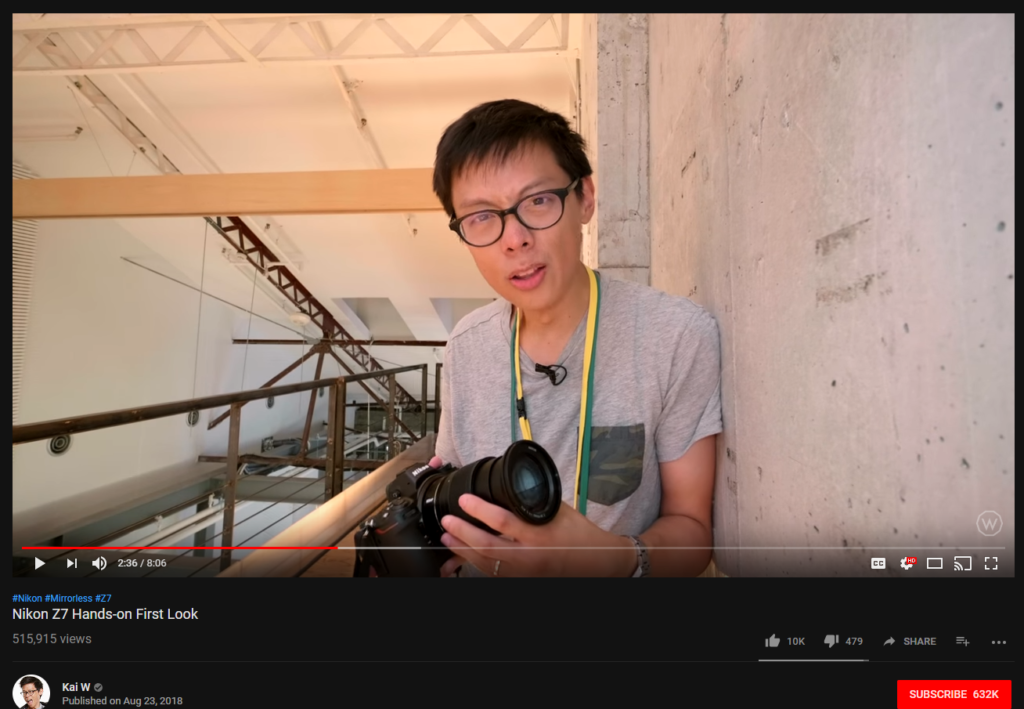
Watch several videos and view the influencer’s main social media accounts to get an understand of the influencer’s level of interest and overall content quality.
Benefits…. and Risks
What’s the potential benefit of working with an influencer on YouTube? And what about risks?
Benefit: Acquisition & Awareness
“An influencer campaign can fit into multiple categories of your marketing spend. Interested in driving acquisition? Perfect. Looking to build awareness? Even better… Looking to do both? Now you’re really talking. This is where YouTube influencer marketing excels.” (The Power of YouTube Influencer Marketing: 2X Brand Awareness Plus Customer Trust & Sales by BigCommerce)
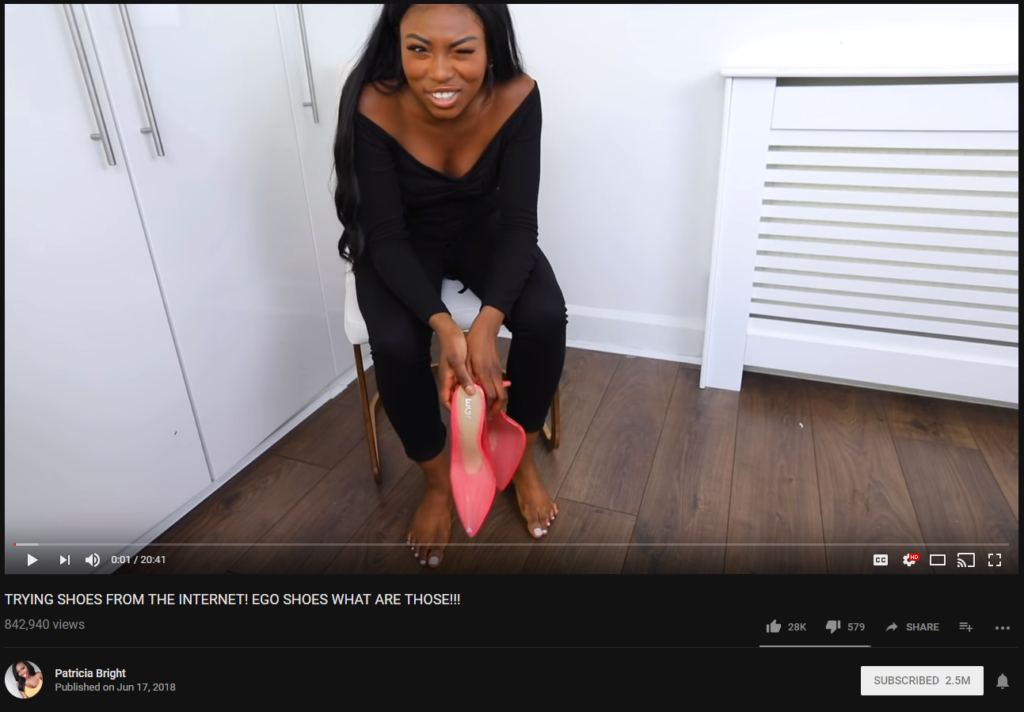
Use YouTube to feed your sales funnel at every stage, from awareness and acquisition to the final sale and beyond.
Benefit: Better Rankings on Google
Ranking high on Google is a proven way to bring traffic into your website. YouTube influencer marketing can help you do that.
We’ve discussed how important it is to build links to your website, and how much this can impact your ranking.
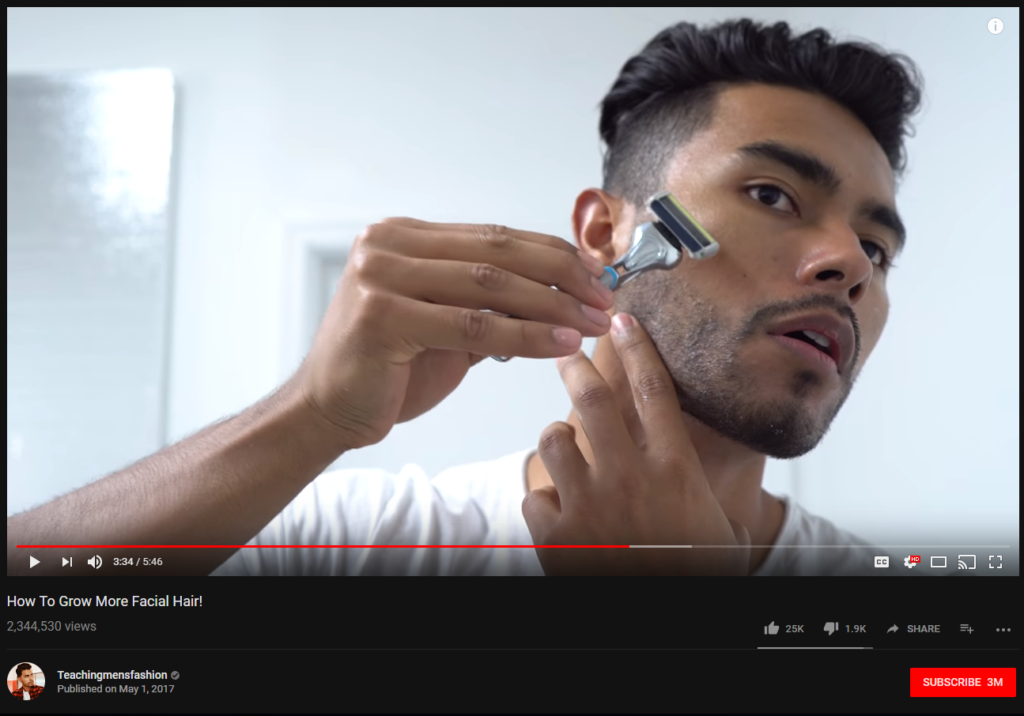
“If you partner with influential bloggers for features and reviews of your products or services, it will help you build high-quality links to drive traffic and improve your search engine ranking. Micro-influencer bloggers have a large enough following to have a significant impact, and because they’re so influential, they often have a good domain authority.” (5 Benefits of Working With Social Media Influencers by Social Media Examiner)
Benefit: Authenticity & Trust
You know how vital trust and authenticity are to your consumers. One way to tap into this is to choose a YouTube influencer who is authentic.
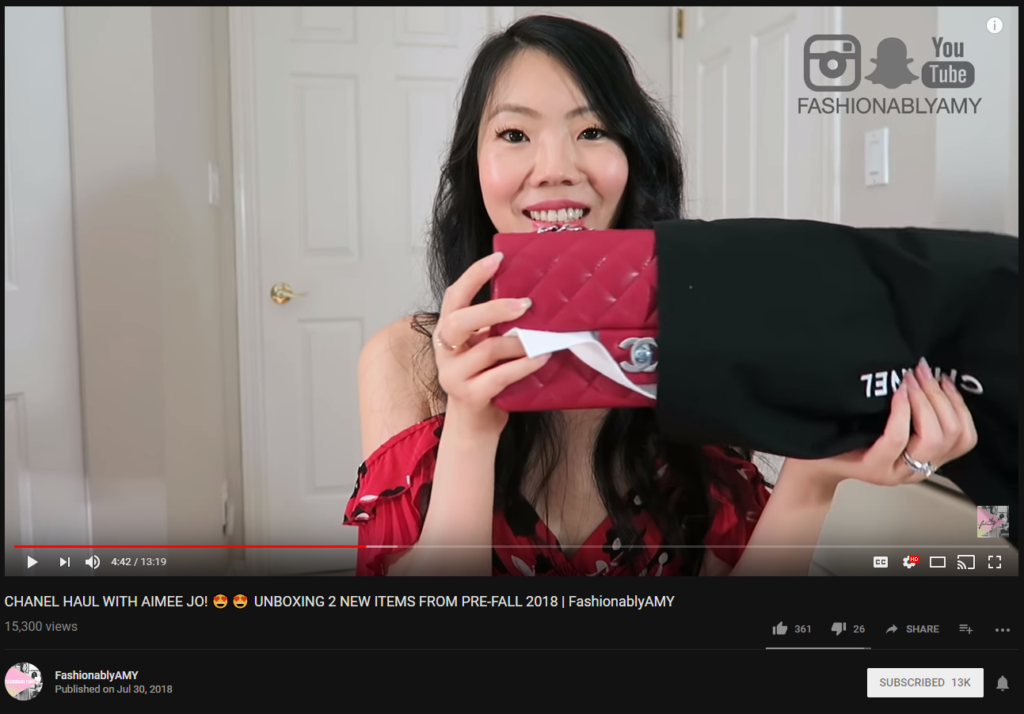
“If a micro-influencer genuinely likes a brand then the odds are high that their fanbase will be just as interested in the product being promoted.” (Pros and Cons of Working With Micro-influencers by Influencer Marketing Hub)
Risk: Negative Influence
One risk of working with influencers is the chance the influence will go in the wrong direction. This happens “…if an influencer falls out of favor with his or her audience or unexpectedly turns on a brand.” (How Brands Can Mitigate Influencer Marketing Risks by AdWeek)
An example is PewDiePie, YouTube’s biggest celebrity. He lost several sponsorship deals “…when he posted a video of two Indian men holding a sign that says “Death to All Jews,” which he paid for using Fiverr.” (Biggest YouTuber In The World Loses Sponsorships by hotnewwhiphop)
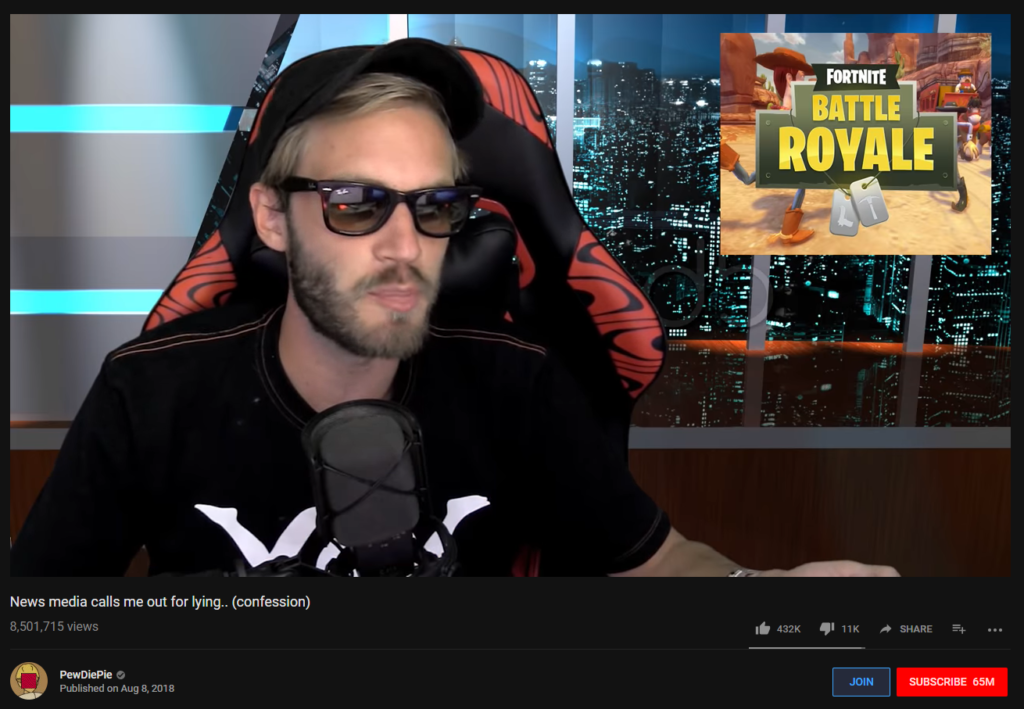
Did this hurt PewDiePie’s brand? What about Maker Studios and Disney? There was backlash against large sponsors and media outlets who dropped the YouTuber or wrote negatively about him.
Here’s a popular post on reddit that sums up the situation:
“Upon watching this video, it really shows just how ****** some news outlets can be, and I feel like PewDiePie is getting a lot of unnecessary flak for this… His MCM even went as far as to stop doing business with him, all for a video he made showing how far the boundaries of Fiver could be pushed… Then there’s the bigger problem, the Wallstreet Journal and their misconstruing article… Their article could literally ruin his image to a good chunk of an people, all because they didn’t know any better, because they WSJ (as well as some other outlets I haven’t heard of before) will show you what THEY want you to see… ” (PewDiePie’s Response video post on reddit)
What do you think?
Risk: Fake Followers
“In the case of influencer marketing, fake followers top the list… more than half of senior-level agency and marketing professionals believe from 10-50 percent of their ad spending is lost to this type of fraud.” (Want To Try Influencer Marketing? Be Careful by Forbes)
The same article listed a few high-profile brands who were found to use paid influencers whose followers were fakes.
- Pampers’ = 32% fake
- Olay’s = 19% fake
- Ritz-Carlton = 78% fake
Fake followers are a huge challenge across all social media channels.
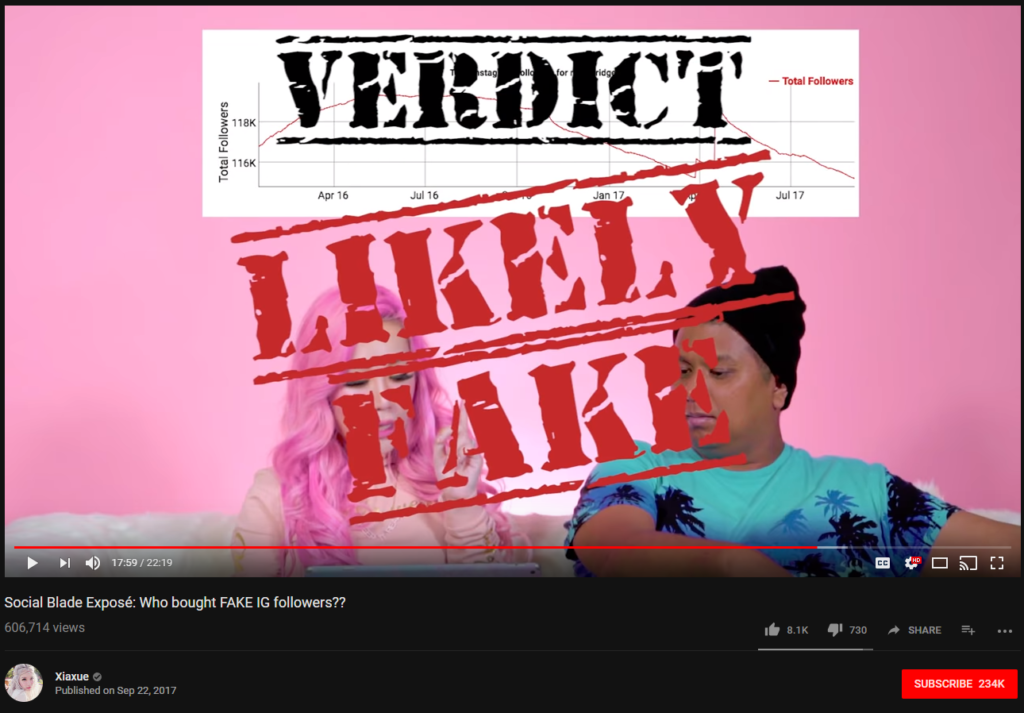
The New York Times wrote an excellent article that covered the proliferation of fake followers on YouTube. In it, a seller of fake accounts was quoted as sayign: “The only way YouTube could eliminate this is if they removed the view counter altogether… But that would defeat the purpose of YouTube.” (The Flourishing Business of Fake YouTube Views by The New York Times)
How to Work with Influencers
Once you’ve identified a YouTube you’d like to work with, the next step is to contact him and offer a deal. Provide the YouTube influencer with the product and information about it. Then let the influencer do her thing!
“Once you find people whom you can trust and are a good fit for your brand, explain to them what your goals are and how you would like the brand to come across. Then disappear and let them do their job. They are professionals, after all. You want their work for your brand to look natural, not forced.” (10 rules for brands collaborating with YouTube influencers by Brand Struck)
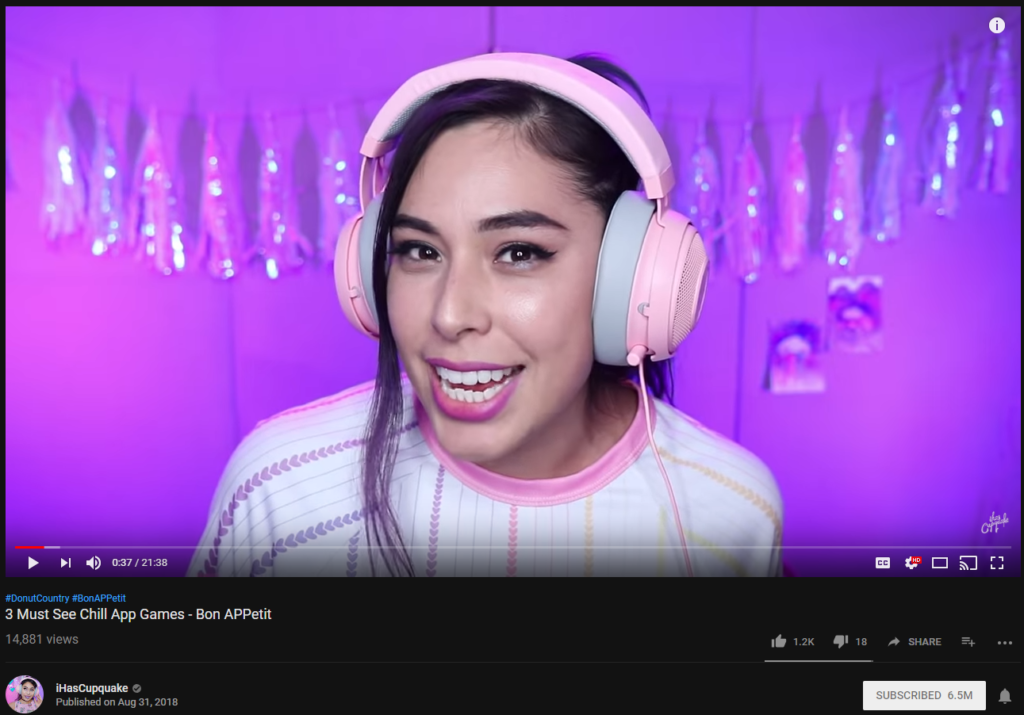
“A brand can offer guidelines, but they should let the influencer develop the idea for the video…. If a brand gives the influencer all the information and then lets them take it from there, a good influencer will be able to come up with an innovative way to promote the product.” (Everything You Ever Wanted to Know About Working with YouTube Influencers by Hootsuite)
How Much Will It Cost?
According to Buffer, YouTube influencers cost $20 per 1,000 subscribers or $50 to $100 per 1,000 video views. This means about $5,000 to $10,000 per video.
$20 per 1,000 subscribers
Henry Langer, a lead account manager of influencer marketing platform, HYPR, shared with Digiday that YouTube influencers usually charge $2,000 for every 100,000 subscribers they have (or simplified to $20 for every 1,000 subscribers).
For YouTubers with more than 50,000 subscribers, marketers can add roughly $2,000 per 100,000 followers per video, up until around 1 million subscribers, at which point a dedicated video could cost upwards of $25,000-$50,000, according to Langer.
$50 to $100 per 1,000 video views
Not every subscriber would watch every video by the influencer so each video view would generally cost more than each subscriber. Tony Tran of Lumanu recommends paying around $0.05 to $0.10 per average video view (or $50 to $100 per 1,000 video views). He suggests looking at the 30 most recent videos by the influencer to get a good average of his or her video views.
(Information above from How Much Does Social Media Influencer Marketing Cost? by Buffer)
Start Influencing Sales
It’s your turn to use YouTube influencers to market your brand! Not sure where to start? Give Artonic a call or e-mail us. We’ll answer your questions and help you determine if YouTube influencer marketing is a good fit for your business.
Michigan, USA

